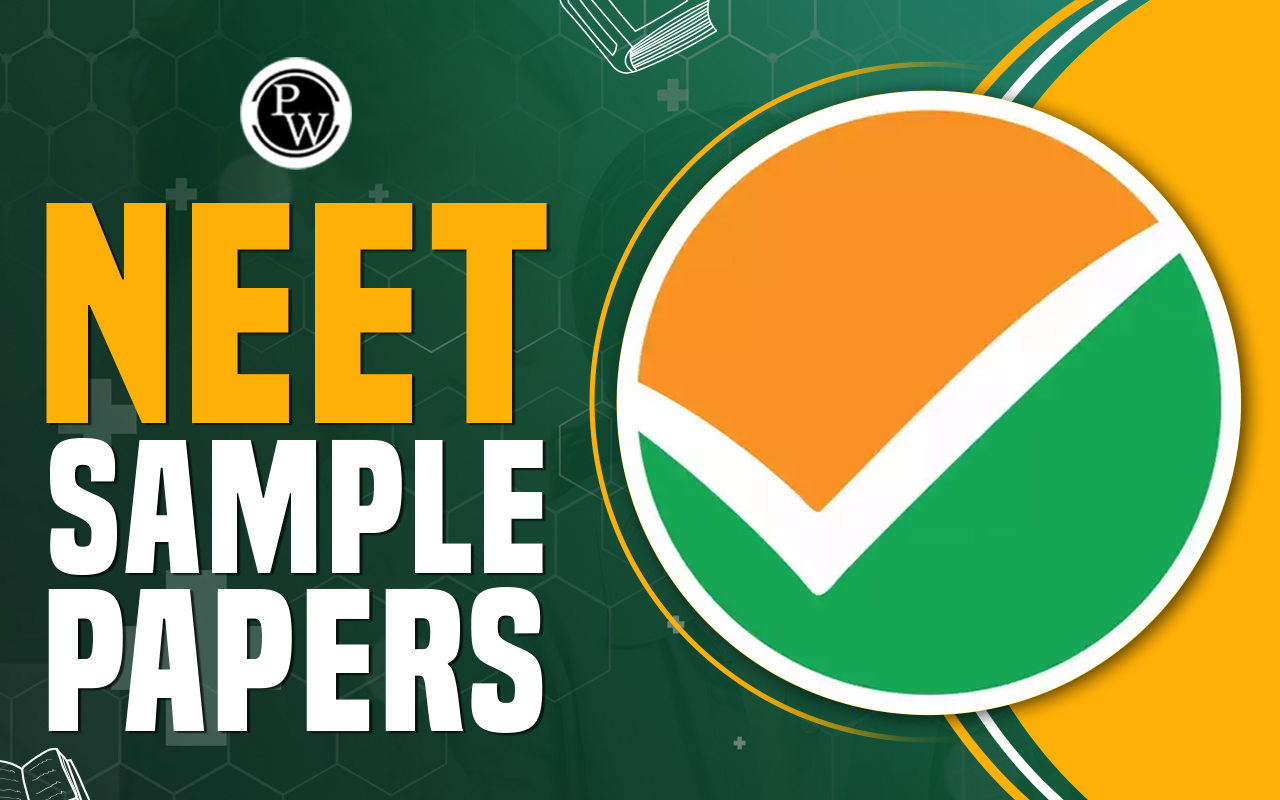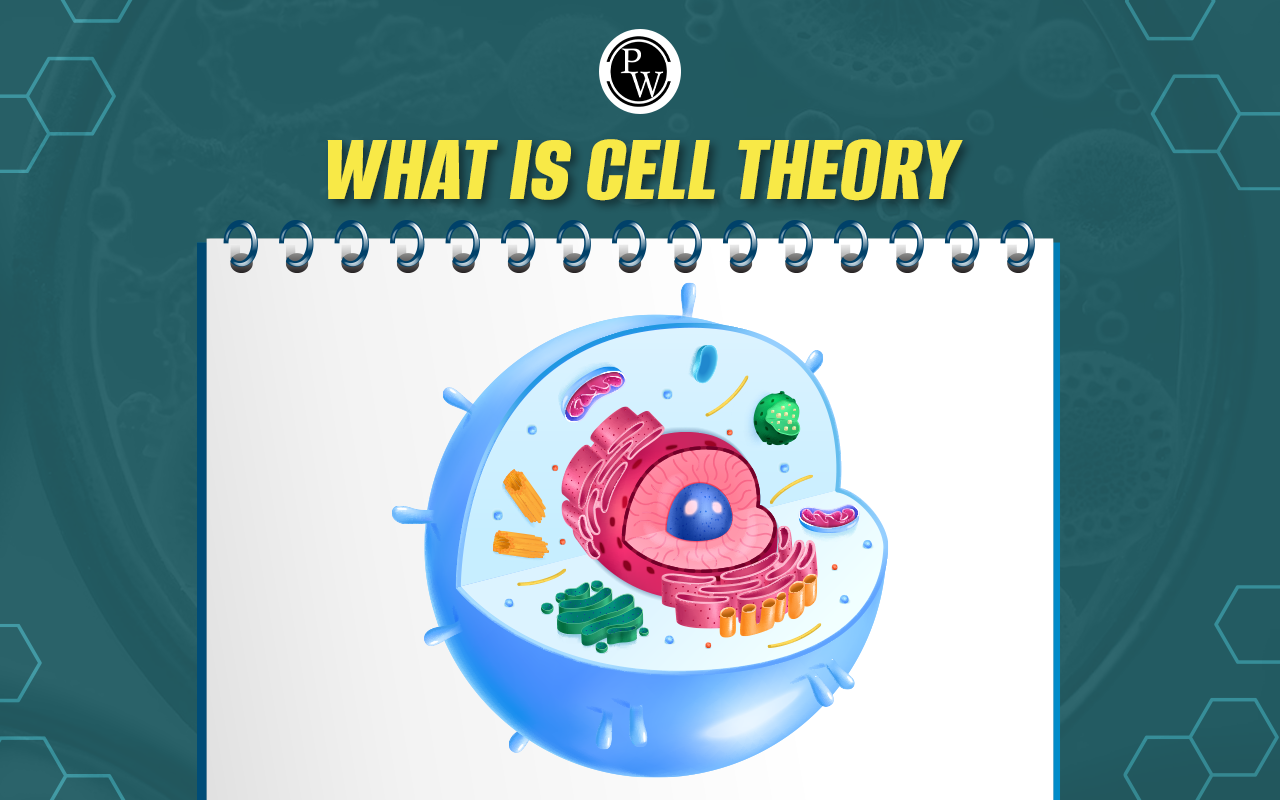
Spongilla is classified within the phylum Porifera and belongs to the class Demospongiae. The most common species of Spongilla is Spongilla lacustris. It is a genus of freshwater sponges commonly found in slow streams and lakes, belonging to the family Spongillidae. Spongilla sponges attach themselves to logs and rocks, filtering water for various smaller aquatic organisms such as bacteria, protozoans, and other free-floating pond organisms.
Unlike marine sponges, Spongilla sponges are exposed to harsher, more diverse, and changing environmental conditions. Consequently, they develop gemmules for dormancy. Gemmules are internal buds found in sponges that play a crucial role in asexual reproduction. An adult sponge can develop from these masses of cells that reproduce asexually.
Sponges also have spicules on their dermal layer, providing a skeletal framework and protection. NEET aspirants can refer to the article below for NEET Biology Notes on Spongilla, including its classification, characteristics, and more.
Spongilla Classification
Spongilla is categorized within the phylum Porifera, commonly known as sponges. Within this phylum, Spongilla falls under the class Demospongiae, which is characterized by its skeleton made of spongin fibres, siliceous spicules, or both.
| Spongilla Classification | |
| Spongilla Kingdom | Animalia |
| Spongilla Phylum | Porifera |
| Spongilla Class | Demospongiae |
| Spongilla Order | Spongillida |
| Spongilla Family | Spongillidae |
| Spongilla Genus | Spongilla |
| Spongilla Species | Spongilla lacustris |
The most familiar species of Spongilla is Spongilla lacustris.
Spongilla Habitat
Spongilla are a type of freshwater sponge, meaning they inhabit bodies of freshwater. They are typically found in ponds, lakes, and slow-moving streams and rivers. These sponges favour shallow, clear waters, where they can anchor themselves to solid surfaces such as rocks, logs, or aquatic plants. Interestingly, Spongilla can be found in both shaded areas beneath rocks and logs, and in sunnier spots on reeds or exposed rocks.
Spongilla Characteristics
Spongilla is a freshwater sponge belonging to the phylum Porifera. These simple multicellular animals are found in various aquatic environments worldwide, typically attached to substrates like rocks or submerged vegetation. Here are some key characteristics of Spongilla:
- Body Structure: Spongilla has a simple body structure consisting of numerous pores, canals, and chambers. These structures are supported by a skeleton of a protein called spongin and mineral spicules.
- Feeding and Respiration: Spongilla is a filter feeder, meaning it obtains food by filtering tiny particles, such as bacteria and algae, from the water passing through its body. It also absorbs oxygen and removes waste products through the same process.
- Reproduction: Spongilla reproduces both sexually and asexually. In sexual reproduction, sperm released by one individual fertilizes eggs released by another, forming larvae that settle and grow into new sponges. Asexual reproduction occurs through the formation of buds that develop into new individuals.
- Ecological Role: Spongilla is essential in freshwater ecosystems by filtering water and removing excess nutrients. They also provide habitats for various microorganisms and small aquatic animals.
- Sensitivity to Pollution: Spongilla is sensitive to pollution levels in water. High pollution levels, such as excess nutrients or chemicals, can disrupt their feeding and reproductive processes, leading to population declines.
- Traditional Use: Historically, certain species of Spongilla have been used in traditional medicine for their supposed medicinal properties, including as a treatment for skin conditions and as a contraceptive.
Overall, Spongilla is a fascinating organism that plays a vital role in freshwater ecosystems and is an example of the diversity of life in aquatic environments.
Spongilla Structure
Spongilla is a type of freshwater sponge commonly found in lakes, ponds, and slow-moving streams. These sponges are sessile organisms, meaning they attach themselves firmly to hard surfaces such as rocks, logs, or aquatic plants. Despite their soft and delicate body structure, Spongilla possess unique features that enable them to effectively filter water and feed.
Key Structural Features of Spongilla:
External Features:
- Shape: Spongilla can exhibit either branched or unbranched forms, with their shape being influenced by the species and the flow of water.
- Ostia: The surface of Spongilla is covered with numerous tiny pores known as ostia, through which water enters the sponge.
- Osculum: Spongilla features one or more oscula, which are larger openings allowing filtered water to exit the sponge.
- Colour: The colour of Spongilla varies from light yellow to green, depending on the presence of symbiotic algae known as zoochlorellae, which reside within their tissues. These algae impart a greenish tint to the sponge and provide nutrients through photosynthesis.
Internal Features:
- Skeleton: Spongilla possesses a skeleton comprising two main components:
- Siliceous spicules: Microscopic needle-like structures made of silica that offer support and structure to the sponge.
- Spongin fibers: Elastic protein fibres that aid in holding the spicules together, giving the sponge its shape.
- Canal System: Spongilla features a complex canal system known as the leuconoid canal system. Water enters the sponge through ostia and passes through a series of incurrent canals lined with choanocytes, specialized cells that filter food particles from the water. The filtered water then exits through excurrent canals and the osculum.
- Gemmules: During unfavourable environmental conditions, Spongilla can reproduce asexually by forming gemmules. These are dormant structures containing amoebocytes, specialized cells capable of regenerating a new sponge when conditions become favourable.
The combination of these structural features enables Spongilla to filter feed efficiently. By drawing water through its ostia and filtering out food particles, Spongilla obtains the necessary nutrients for its survival.
Sexual Reproduction in Flowering Plants
Spongilla Examples
Spongilla represents a genus of freshwater sponges encompassing over 200 distinct species. A few examples include:
- Spongilla lacustris : This is the most prevalent freshwater sponge globally, inhabiting lakes, ponds, and sluggish rivers. It typically exhibits a green or brown hue and possesses a coarse surface.
- Spongilla carteri : This species is native to freshwater lakes and ponds in North America and Europe. It typically appears white or yellow and exhibits a smooth texture.
- Spongilla fragilis: Found in freshwater lakes and ponds across North America and Europe, this species displays a white or yellowish colour and possesses a branching morphology.
Physics Wallah offers NEET Online Coaching. It includes courses for Class 11 covering the entire syllabus. Classes are scheduled with live sessions twice daily and comprehensive PDF notes are provided. Join Now!
| NEET Exam Important Links | |
|---|---|
| NEET Biology Syllabus | NEET Biology Diagrams |
| NEET Biology MCQ | NEET Biology Chapter wise Weightage |
| NEET Biology Notes | NEET Previous Year Question papers |
Spongilla FAQs
What is a Spongilla in biology?
Is Spongilla an algae?
How do Spongilla reproduce asexually?
Do sponges eat algae?
What do sponges eat?










